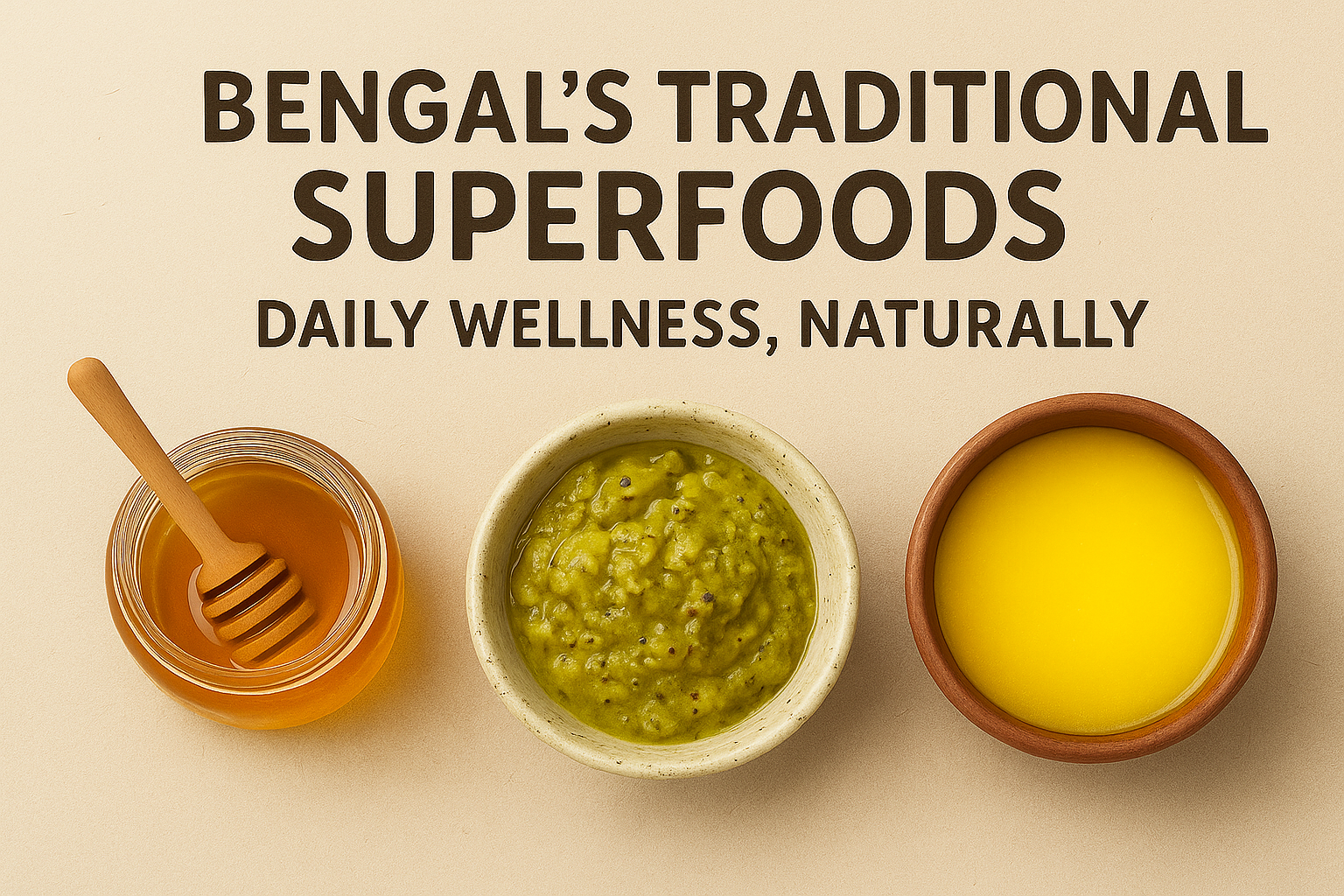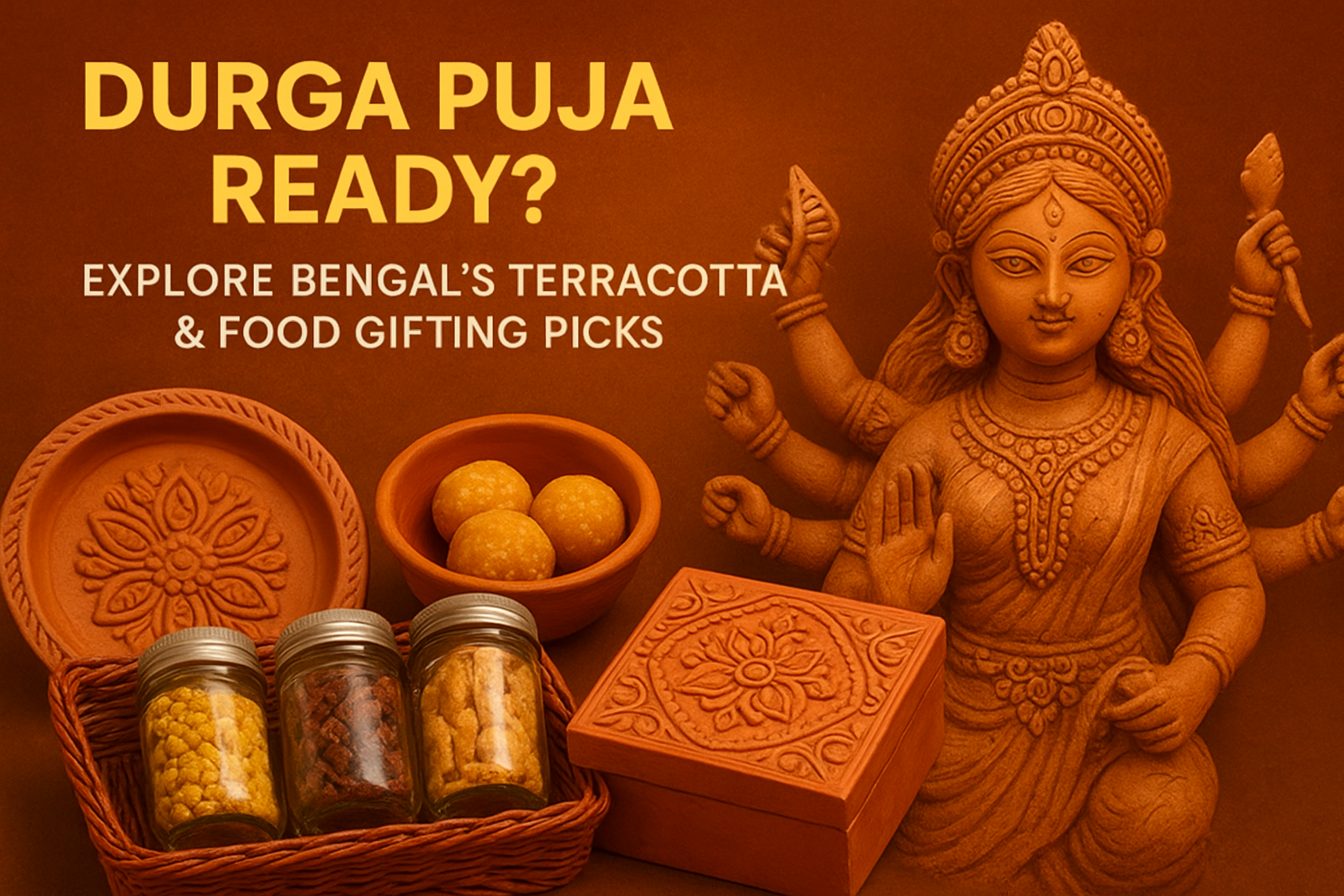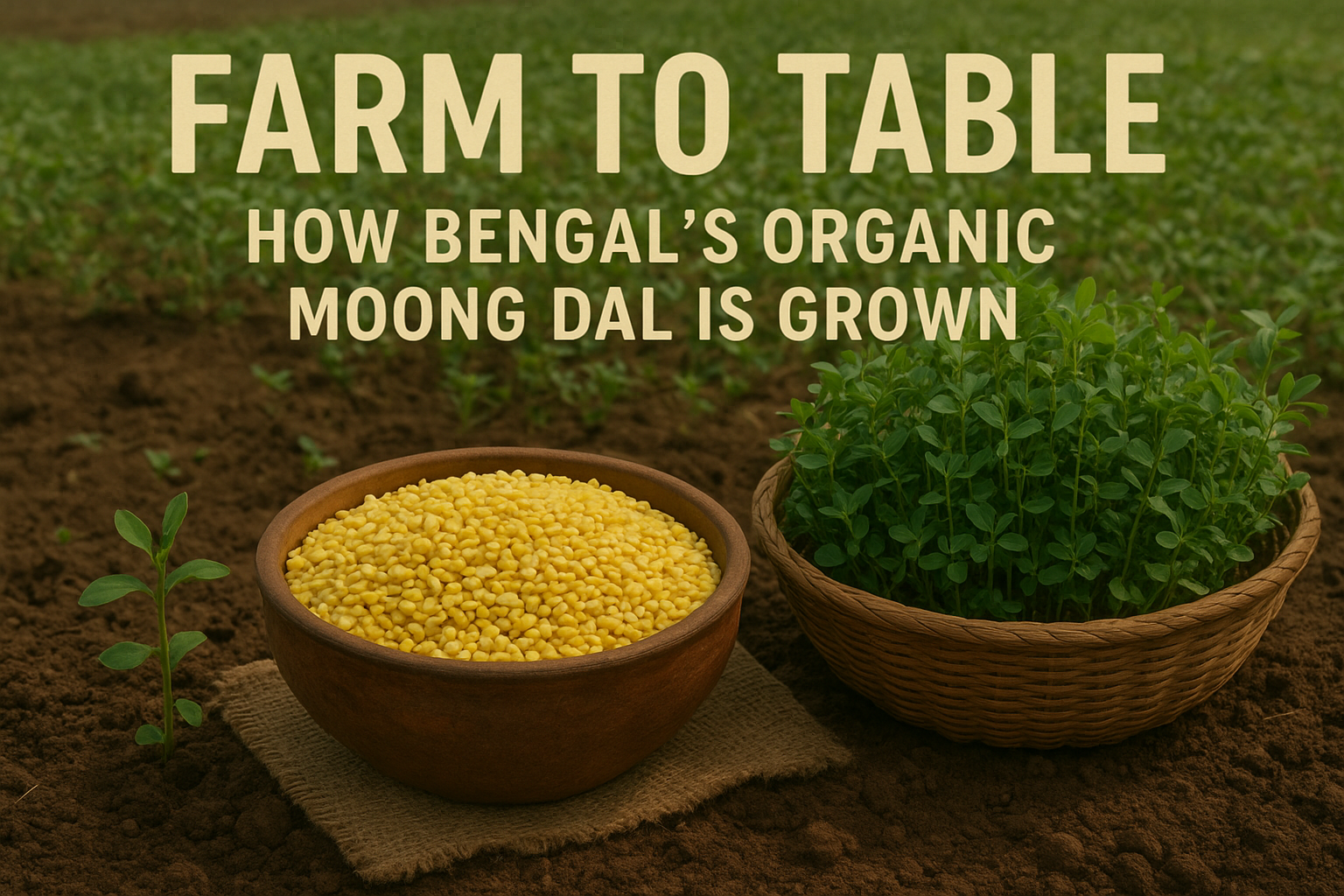When we think of “superfoods,” we often imagine something exotic—chia seeds, quinoa, or spirulina packed into shiny jars. But in Bengal, the real superfoods were always right at home, sitting quietly in our kitchens, stored in glass jars and earthen pots. For generations, these weren’t branded as health trends—they were simply natural foods, eaten daily, cherished for their purity, and trusted for their goodness.
Take pure ghee, for example. A dollop melting into warm rice may seem like comfort food, but it’s also a powerful source of healthy fats. In Ayurveda, ghee is celebrated for boosting immunity, improving digestion, and keeping joints strong. To a Bengali child, it was simply love served on a plate—proof that nourishment and affection could taste the same.
Or think of aam kasundi, that sharp, tangy mustard sauce made with mangoes. To many, it’s just a condiment, but it’s also a digestive aid, packed with antioxidants, and a natural way to enhance appetite. A simple meal of fritters or greens comes alive with a spoonful of kasundi, turning ordinary lunches into memorable ones while quietly working wonders for the stomach.
Then there’s pure honey, golden and thick, harvested naturally without additives. In Bengal, it’s been a timeless remedy—soothing sore throats, boosting energy, and acting as a natural antibacterial. Stir it into a glass of warm water, drizzle it on fruits, or simply taste it by the spoonful—this everyday sweetness is both healing and wholesome.
No discussion of Bengal’s natural foods is complete without aam gur—the golden nectar made from mango pulp. Unlike refined sugar, aam gur is rich in minerals and carries the earthy fragrance of Bengal’s orchards. It sweetens desserts, enhances chutneys, and brings back memories of childhood afternoons spent under the shade of mango trees. It isn’t just sugar—it’s tradition, wrapped in nutrition.
And then there are the basics that quietly keep us strong—rice and grains, sun-dried and free from chemicals or preservatives. These may look simple, but they carry the scent of the soil and the care of generations. Stored naturally, they retain their fiber and nutrients, making them far healthier than over-processed varieties. Paired with dal, vegetables, or a drizzle of mustard oil, they form a meal that is both balanced and healing.
The beauty of these foods lies not just in their nutrition but in their stories. They remind us that wellness was never about imported powders or pills—it was about eating close to the land, guided by the hands of our grandparents. Every spoon of ghee, every taste of kasundi, every drop of honey carries with it both health and memory, proof that food can heal twice—once through the body, and again through the heart.
So perhaps it’s time we stop chasing “superfoods” across the world and start valuing the ones already in our kitchens. In Bengal, they’ve always been here—pure, nourishing, and timeless. Because sometimes, the truest superfoods aren’t new discoveries—they’re old traditions waiting to be remembered.








